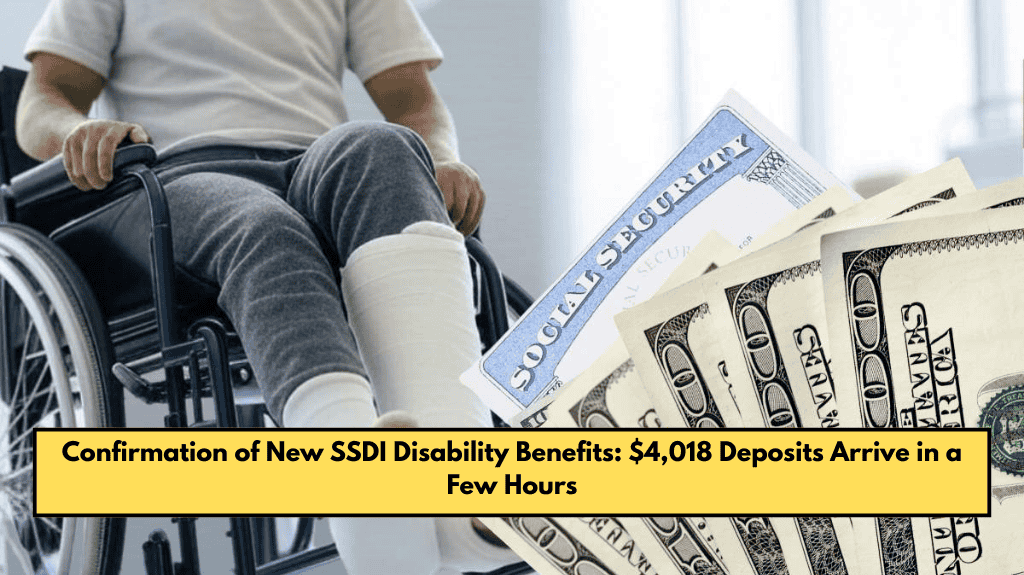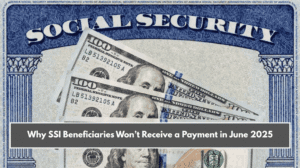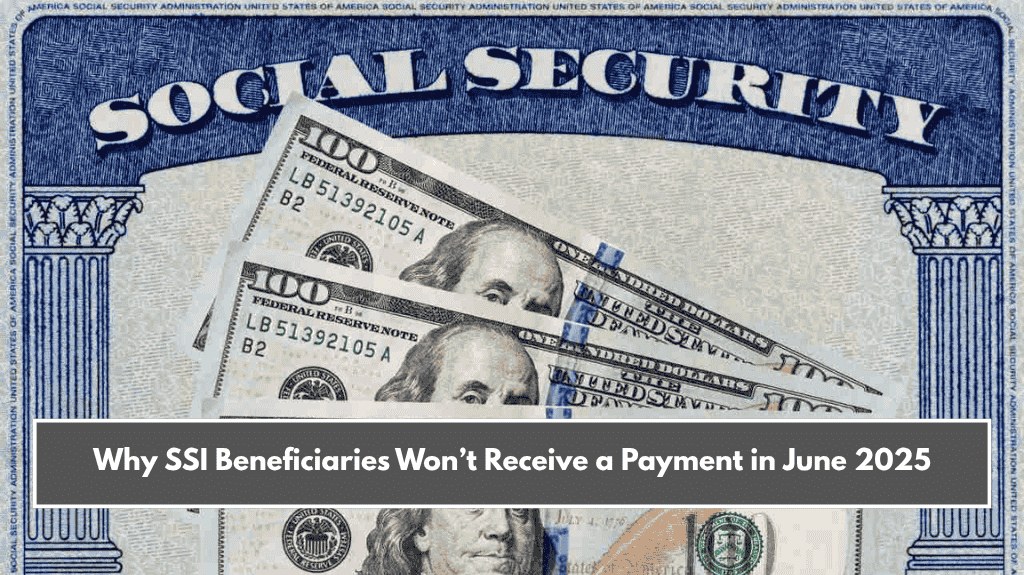Social Security Disability Insurance (SSDI) provides essential financial support to workers who are unable to work due to long-term disabilities. This program is designed to help those whose condition is expected to last at least one year or result in death.
If you are currently receiving SSDI benefits, it’s important to understand the payment schedule and how the system works. Additionally, this guide explains what happens if a beneficiary passes away and how survivors can access benefits.
SSDI Payment Schedule
The SSDI payment schedule is organized into three main groups based on the beneficiary’s birth date. This ensures that payments are evenly distributed throughout the month, making it easier for recipients to plan.
- First group: People whose birthdays fall between the 1st and 10th of the month received their payment on April 9, which was the second Wednesday of the month.
- Second group: Those born between the 11th and 20th will receive their payments on April 16.
- Third group: The final group, those whose birthdays fall between the 21st and 31st, will receive their payments on April 23, the fourth Wednesday of the month.
For individuals who receive both SSDI and Supplemental Security Income (SSI), the next payment will be made on May 3.
How SSDI Payments Are Made
The Social Security Administration (SSA) deposits SSDI payments directly into beneficiaries’ bank accounts. These deposits are processed at 12:01 a.m. on the scheduled payment day. If the payment date happens to fall on a holiday or weekend, the payment is made on the last business day before the scheduled date. For example, if April 16 were a holiday, the payment would be issued on Friday, April 14. However, in April 2025, this is not the case.
Since 2013, the SSA has stopped sending physical SSDI checks and now processes all payments through direct deposit. Beneficiaries are encouraged to keep their bank details updated to avoid delays. If there are any issues or unusual delays with a payment, the SSA recommends checking the official payment schedule first. If the issue persists, contacting the SSA for further assistance is advisable.
Another important update is the automatic cost-of-living adjustment (COLA) which was applied to payments starting January 2025. This ensures that SSDI payments keep pace with inflation.
The maximum SSDI payment is $4,018 per month, but this amount is reserved for those who have worked for at least 10 years with the highest taxable income.

What Happens When an SSDI Beneficiary Dies?
SSDI payments stop when the beneficiary passes away. These payments are meant for the beneficiary alone and cannot be transferred to heirs. However, family members may be eligible for other benefits under the Social Security Survivorship program.
Surviving spouses, children, or dependent parents may qualify for survivor benefits based on the deceased person’s work history. To qualify, the survivor must meet certain requirements related to age, disability, or economic dependency.
If the deceased person had outstanding payments at the time of death, these can be claimed by their legal representative or spouse. For example, if the beneficiary dies after their scheduled payment date, the deposited funds should not be returned, as they are considered part of the final payment.
It’s also essential to notify the SSA immediately after the death to avoid any further erroneous deposits. Survivors should apply for the one-time death benefit of $255 and check their eligibility for survivor pensions. To apply, they must present the death certificate and documents proving their relationship to the deceased (such as a marriage certificate or birth certificate).
SSDI payments are crucial for those who are unable to work due to disabilities, and understanding the payment schedule is vital for managing finances. The process for receiving payments is streamlined through direct deposit, and cost-of-living adjustments help keep payments in line with inflation.
Additionally, it’s important to be aware of what happens after the death of an SSDI beneficiary, as survivors may be eligible for alternative benefits based on the deceased person’s work history. Always ensure your contact details are up to date with the SSA to avoid delays or complications.















